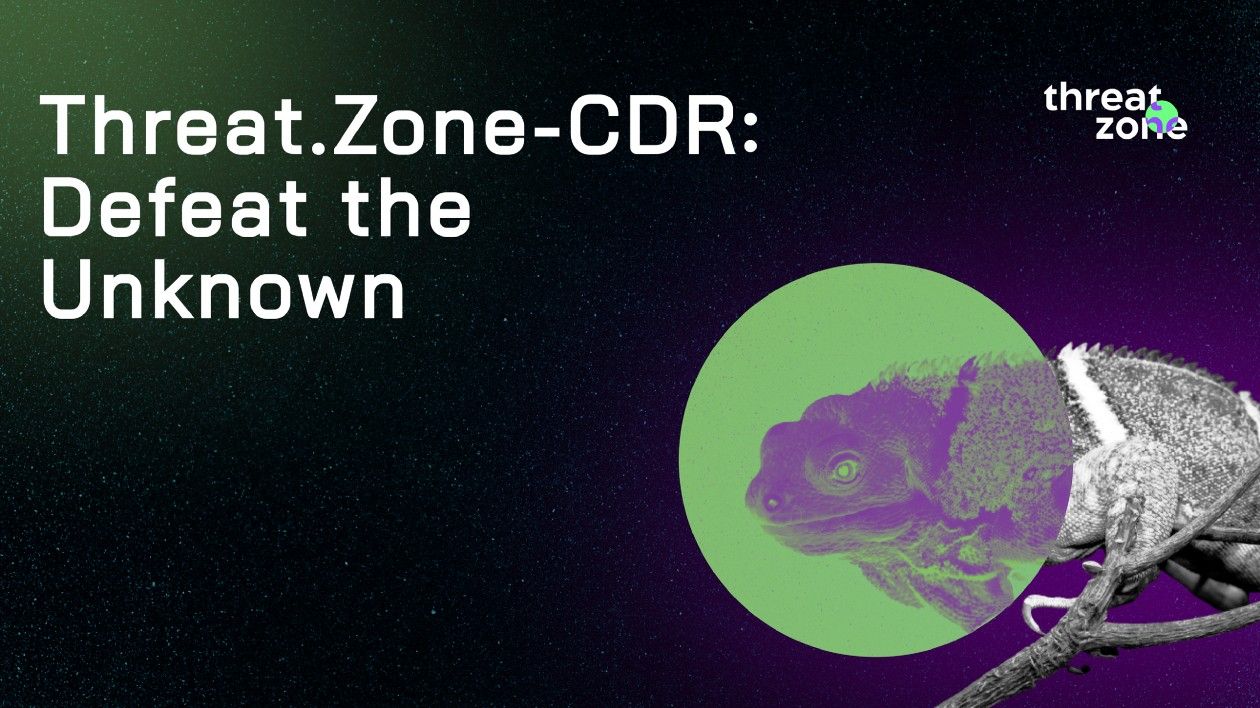Threat.Zone CDR : Defeat the Unknown

What is CDR ?
Content Disarm and Reconstruction (CDR) is a security technology that protects you from malicious files, removes active content, or cleanses malicious code from files.
What are the benefits of CDR for file security?
Threat Zone’s CDR technology offers an industry-leading Content Disarm and Reconstruction (CDR) solution. Threat Zone’s CDR provides a number of benefits for organizational cybersecurity and employee productivity, including:
- Minimal Recipient Impact: Any malicious content is designed to be invisible to the recipient, so CDR has no impact on actual information conveyed by the file.
- Safe Delivery: By removing the executable content from the document, the file becomes safe for the recipient, making it possible to send it on to them without risking malware delivery.
- Zero Day Protection: CDR removes executable content whether or not it is detected as malicious. This enables it to protect against zero-day threats.
- Rapid Delivery: CDR eliminates delays associated with traditional sandboxes and enables real-world deployment for zero-day protection in prevent mode while delivering cleaned files to users quickly.

CDR Module Features at Threat.Zone
Process works without detection, removing all types of malicious code hidden within files-eliminating future malware attacks, both known and unknown.
A sophisticated algorithm ensures that any foreign code contained within a file will be “deactivated.”
More than 50 file types are supported, including media, documents, and archives
By utilizing true CDR, sanitized files retain their original format and function
Continuity of business and communications is maintained
With CDR, malware cannot deliver its payload, even from sophisticated attacks:
Zero Day Attack
APT — Advanced Persistent Threats
How does CDR differ from legacy solutions?
CDR, unlike standard cybersecurity tools, fights against new and unusual threats that established security methods, such as antivirus, sandbox, and even EDR systems may overlook.
The CDR file sanitization process is an ideal complementary solution to be deployed alongside existing sandbox-based system technology because it emphasizes the strategic value of disrupting and purging all malicious code embedded inside files — without the time-consuming guesswork, statistical analysis, or user behavior analysis that would otherwise be required.
CDR is quite successful at removing the threat of unknown malware and zero-day exploits even if it may not be a real standalone solution to totally mitigate risk. Additionally, end users are given assurance that all embedded file components have been removed from their dangerous components because to CDR’s reliance on a very deep file inspection process.

Who are the enterprise customers of CDR?
A wide range of service providers and product options have made CDR technology widely accessible to enterprise customers. As an advanced cybersecurity technology rooted in military technology, CDR service offerings are intended for enterprise customers with the resources and security requirements to demand the additional security barrier.
Due to the initial development costs and the time required to onboard the large scale and scope of users, CDR was often only available to those with vast resources and exceptional technological abilities.
Sneak Peak for our CDR Module 👇

Threat Zone X CDR
In the Threat Zone, we created technologies that can expand your perspectives in Content Disarm & Reconstruction. Our platform provides an overview of the file analysis.
Check out our website.
Follow for more blogs!


